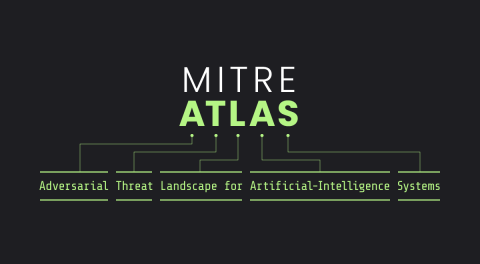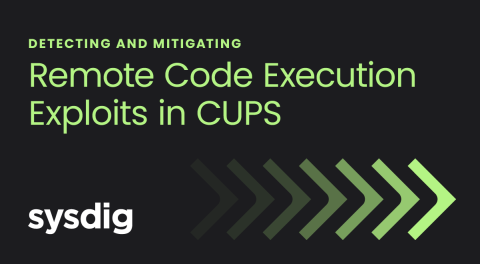Why the Sysdig Windows agent matters in the cloud
The Sysdig Windows agent is a game-changer for cloud infrastructure, particularly when it comes to securing Windows containers in Kubernetes environments. While many endpoint protection agents are designed to provide security for traditional Windows hosts, Sysdig goes a step further by incorporating Kubernetes-specific context into its system introspection.











